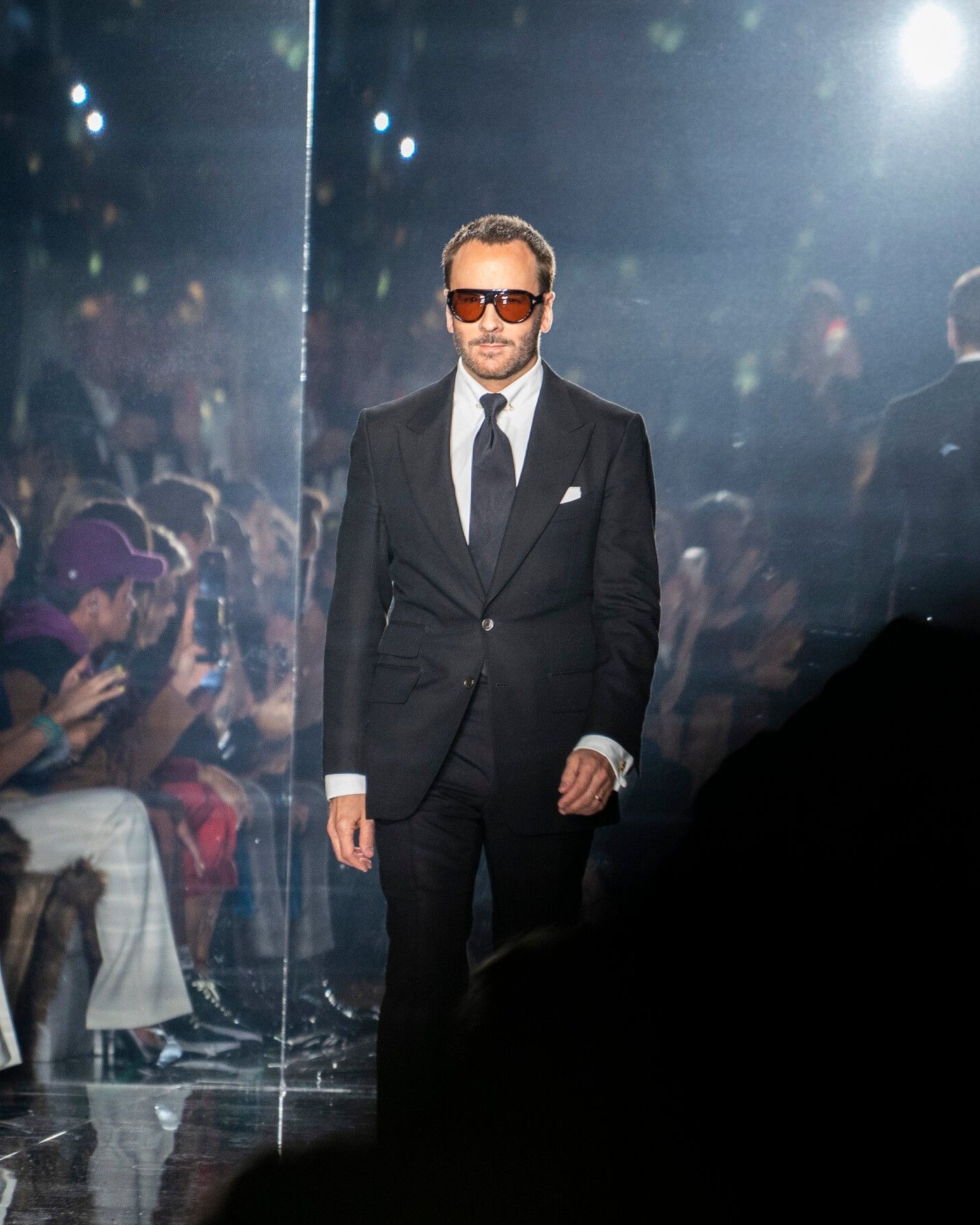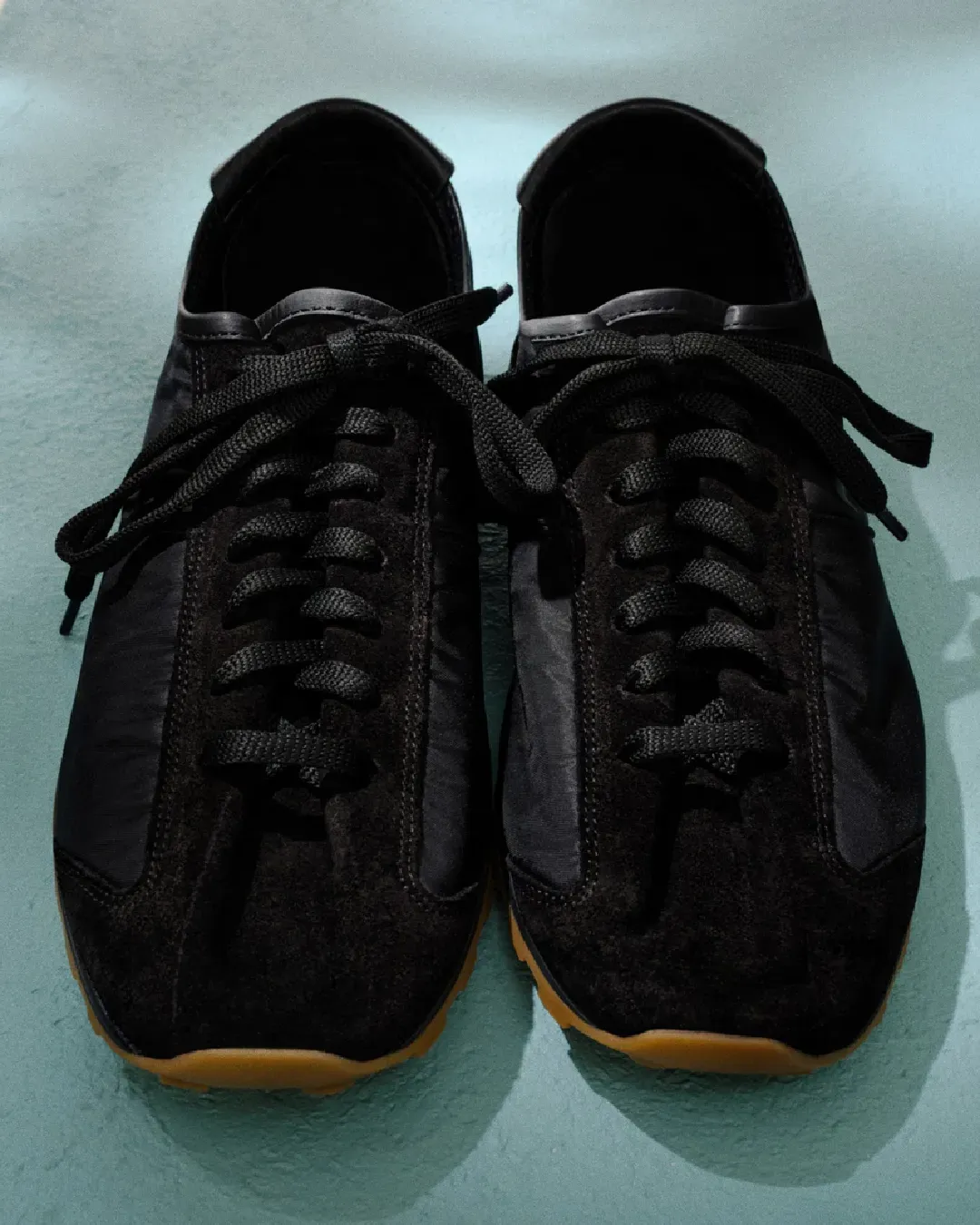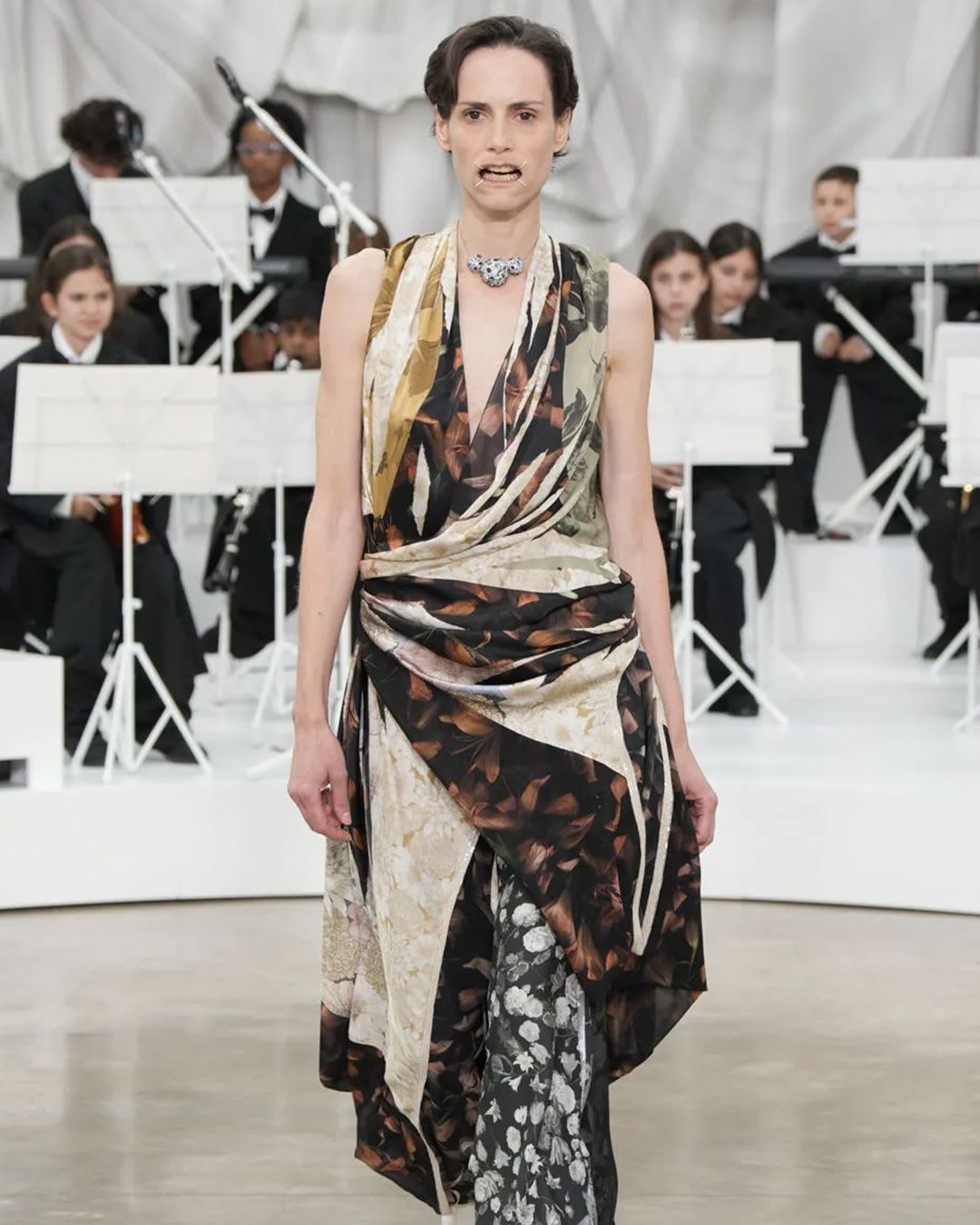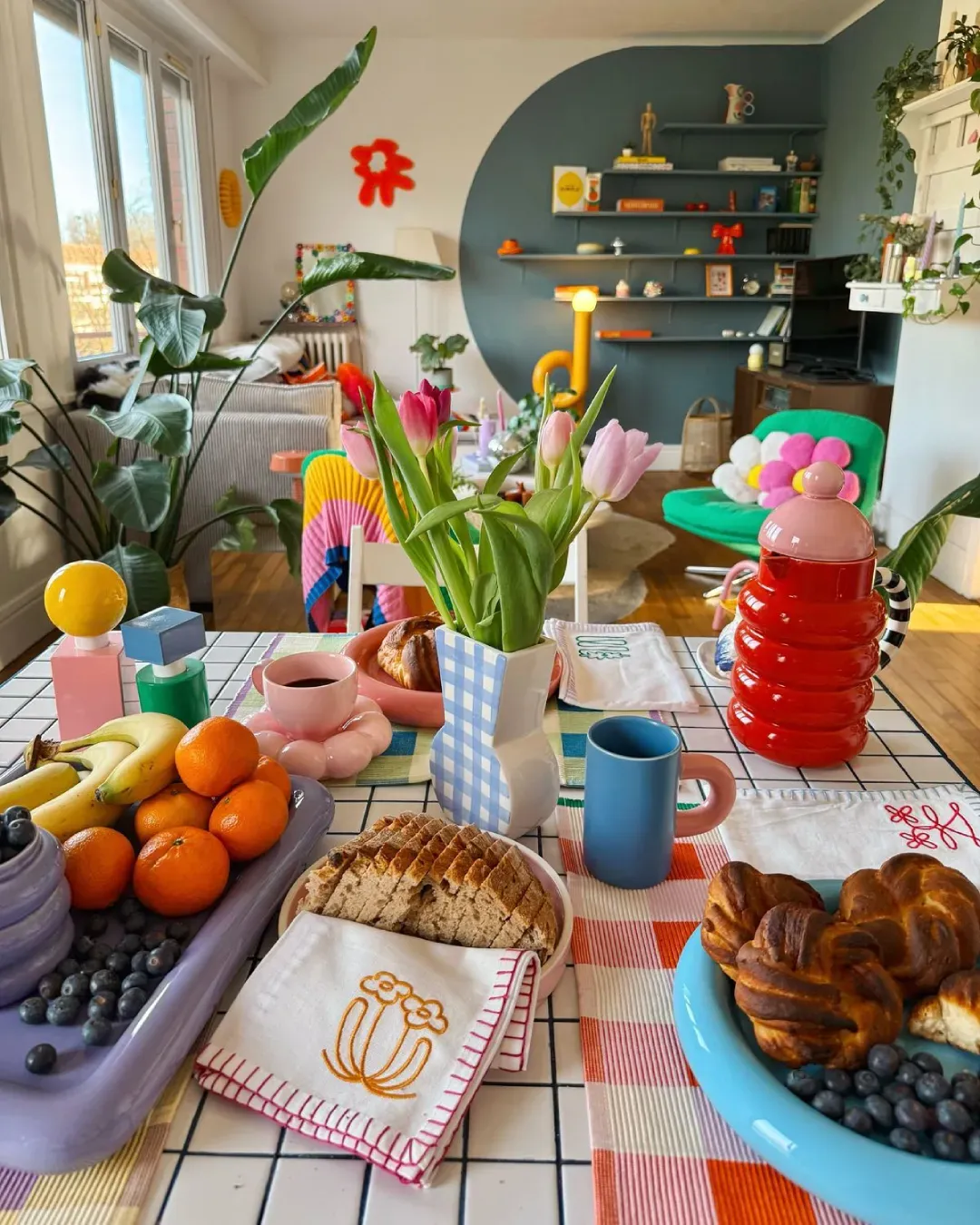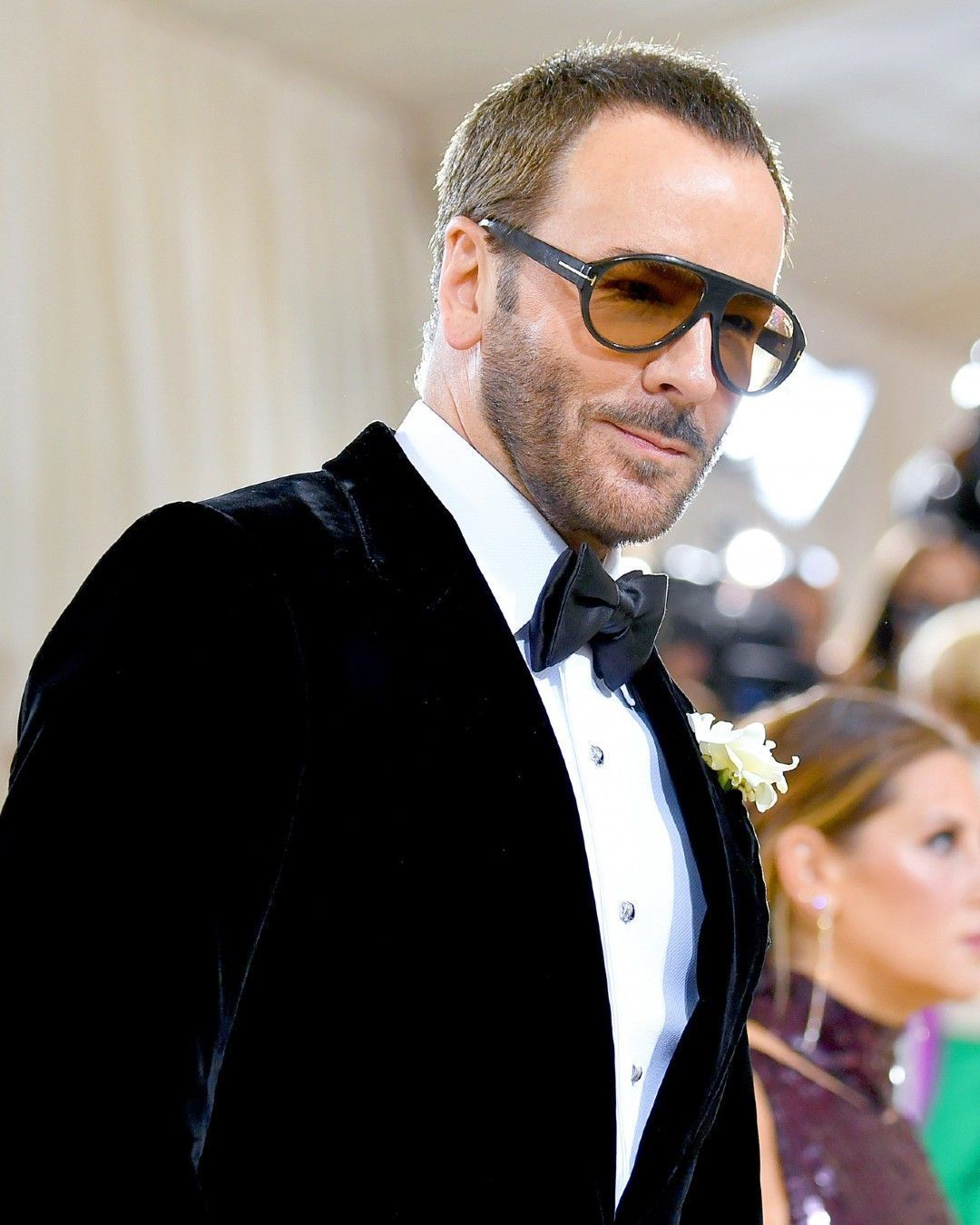
The art of retiring from the catwalk Belgians and Americans are masters of it - Italians and French a little less so
Any power system is most fragile at the moment of succession – fashion brands included. And that's why the preferred format by several brands in recent years has been that of a "soft" handover from the founder to their successor. Tom Ford did it with his second in command Peter Hawking, Carolina Herrera did it in 2018 with Wes Gordon, Jean-Paul Gaultier did it by establishing the guest designer format in 2020, and perhaps in the softest manner of all, Miuccia Prada did it in the same year when she enlisted Raf Simons, setting the stage for her departure (which we hope won't happen for another century) and inaugurating a phase of great success for the entire group to which Prada belongs. Apparently, this is also what Michael Kors is doing, who, according to WWD, has discreetly begun the search for a successor who can gradually replace him after selling his group, Capri Holding, to Tapestry Inc. for $8.5 billion last August, creating a conglomerate worth $12 billion that includes Kate Spade, Coach, Stuart Weitzman, Jimmy Choo, and even the Italian Versace – the latter two brands, according to WWD speculations, could be resold to recover the funds spent on the acquisition. This is also what Dries Van Noten is doing, who announced yesterday his departure from the creative direction of his own brand, of which he will remain president, and the start of the search for a new creative director to take the reins.
The news of Dries Van Noten's departure is certainly sad but it reminded this writer of the phrase uttered by Tom Ford during his last interview with GQ dedicated to the moment of his retirement from the scene. Speaking of how the peak of his career had been his decade at Gucci, Ford said: «That was it. I kept finessing that for the rest of my career. I had a 10-year run. And I think that’s all you get. […] I mean, the Beatles. When you actually go back and look at how long they existed, it was like seven years, eight years. Nothing». In short, these words set a limit to the years one can still be relevant before becoming repetitive – a warning often deeply felt in the fashion world, where family businesses, personal pride, and (in the best cases) very high revenues are at stake. As in any other discussion about fashion, the issue always boils down to the dilemma of "art vs. profit" that is practically impossible to resolve.
Tom Ford retiring isn’t surprising at all. American fashion icon, got his money and rides into the sunset
— Noah (@pesantenoah) April 26, 2023
However, a recurring pattern should be noted: Belgian designers are masters at the art of retiring from the catwalks. The absolute masters were Martin Margiela and Ann Demeulemeester, who, respectively in 2009 and 2013, handed over the creative direction to others and devoted themselves to their own projects. Then there were An Vandevorst and Filip Arickx who in 2020 closed A.F. Vandervorst after 22 years, saying that «the dynamics in the fashion world have changed. It is more challenging, uncertain and disruptive than ever before. We came to the realization that we won’t be able to maintain the same level of creativity and focus on storytelling, rather than on product, and to work in a way that has always distinguished us», also adding that «the exclusivity, the intimacy, it’s gone». In 2022, it was also Raf Simons who, fully dedicated to Prada, decided to close a legendary brand whose peak had long been reached. Moving beyond the strictly Belgian area but remaining in Mitteleuropa, three other design legends are famous for their departure: Thierry Mugler, who formally retired in 2002 due to a mix of economic difficulties and creative tensions; Jil Sander, who stepped away from the scene three times, in 2000, 2003, and 2012; and then of course Helmut Lang, who, after a tumultuous business relationship with the Prada Group and a lack of stylistic evolution from the 1990s minimalism to the much more flashy early 2000s, decided to devote himself to the world of art and give up fashion altogether.
@fashionroadman Raf Simons Eponymous label is closing down! #fashion #tiktokfashion #fashiontiktok #rafsimons #rafsimonsarchive original sound - Fashionroadman
It is easy to notice, however, that the Belgian designers we mentioned quit while they were ahead, while all the others left their brand after various commercial setbacks or suffered and difficult acquisitions and managements. In short, some leave and some are ousted. The difference seems to be cultural: Tom Ford, in fact, decided to retire after a serious family tragedy, and it is not known whether, without this traumatic event, he would have actually retired; Jil Sander came and went from her brand, collaborated repeatedly with Uniqlo, and showed no sign of wanting to change her life or profession; Mugler returned to his brand as a "consultant" while legendary names like Valentino Garavani and Yves Saint Laurent, rather than retiring, retired at an advanced age. The attitude of Belgian designers who decide to preserve their legacy by crystallizing it in a well-defined era is marked by great intelligence and humility, which stands in stark contrast to the commercial demands for continuous and uninterrupted growth that the fashion world possesses in the age of market listings – but also the other demand, perhaps more dictated by ego,










































